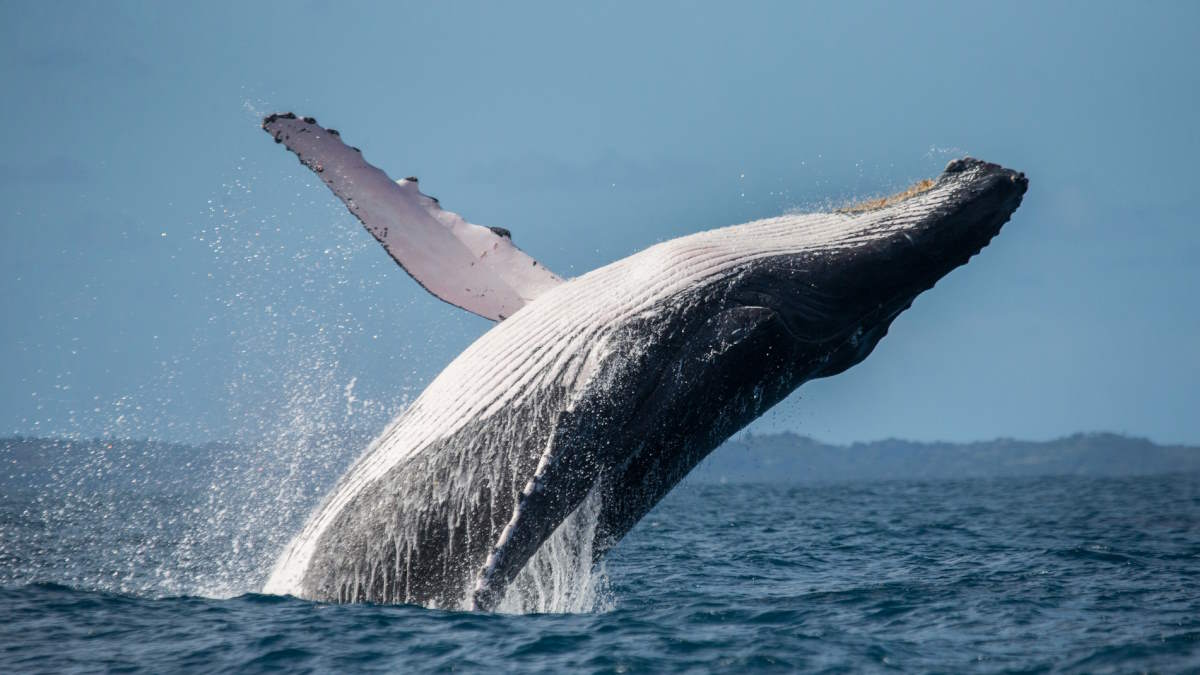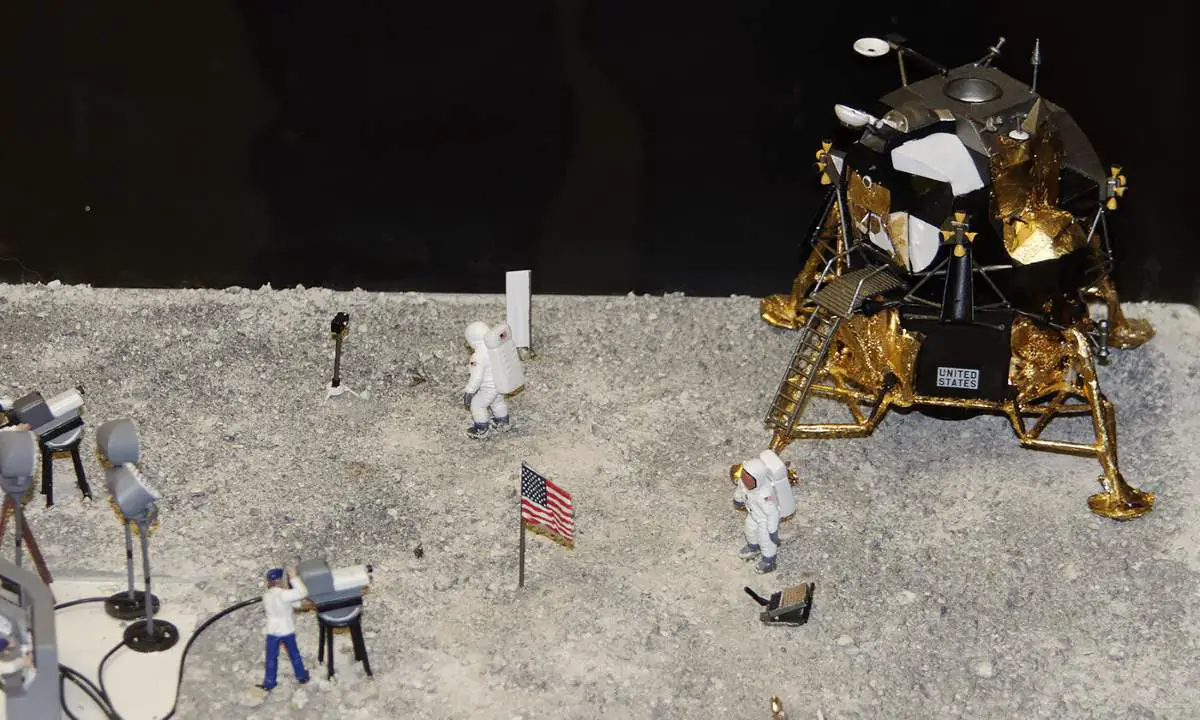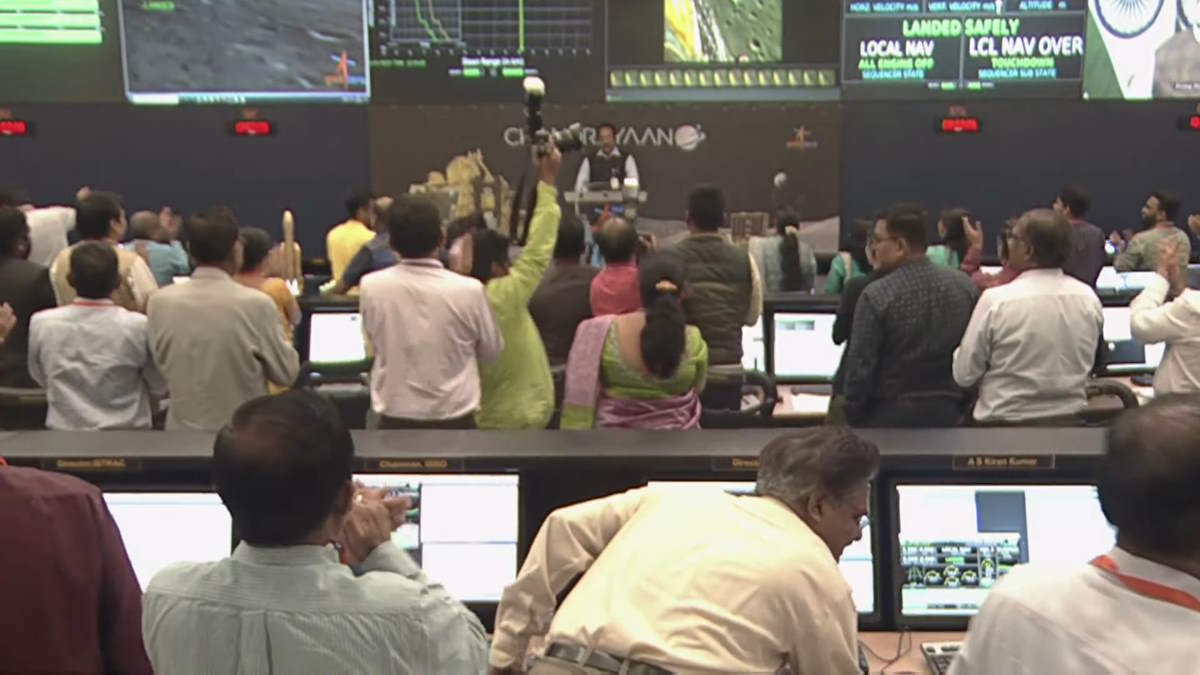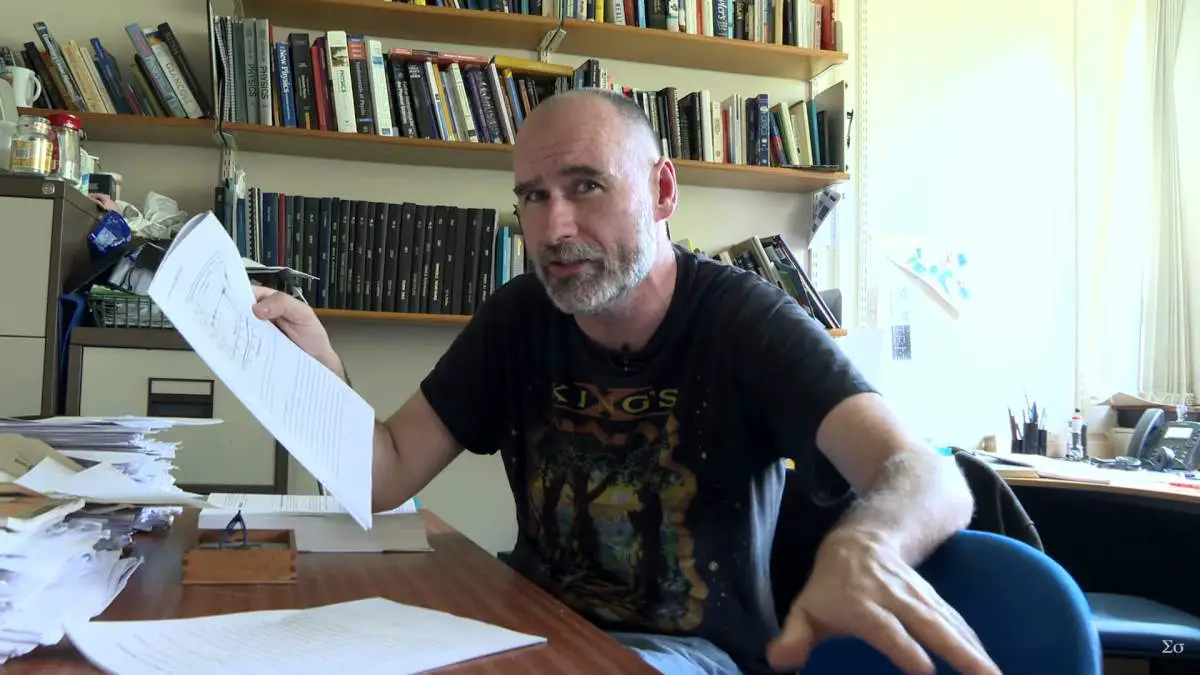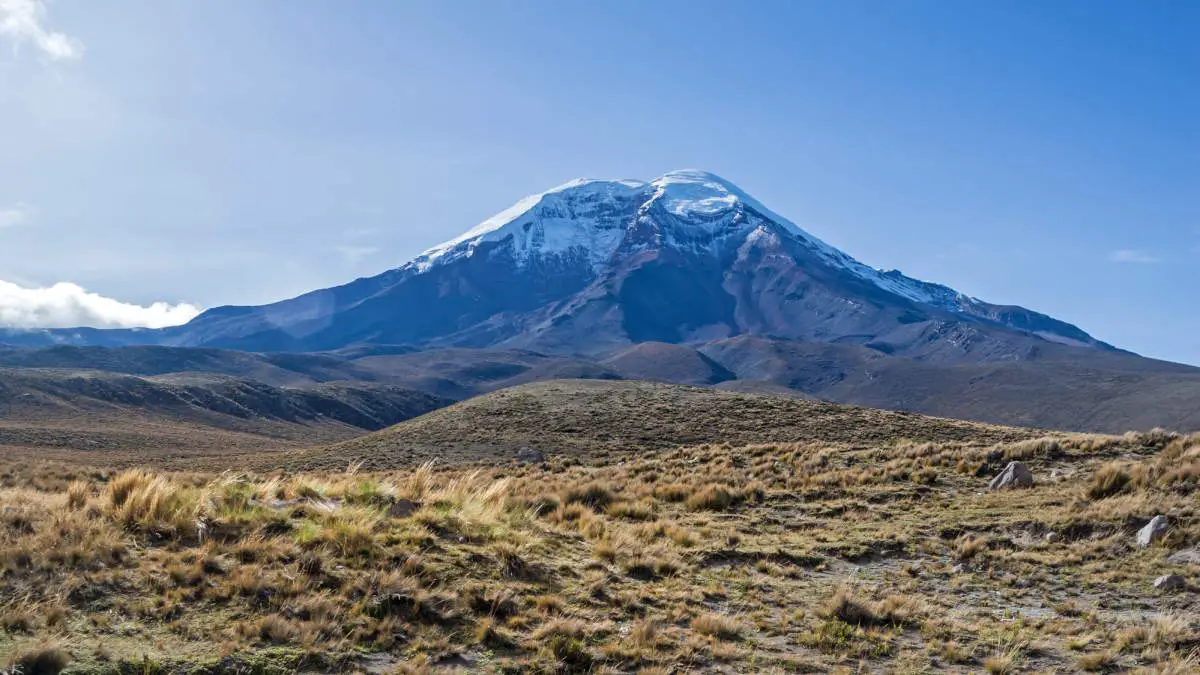Every living thing on Earth, from giant trees and whales to tiny bacteria, has one surprising thing in common: they all rely on carbon. It’s a bit of a mystery when you think about it. Carbon isn’t the most common element around; that title goes to oxygen. It’s not the most stable, like helium, and it’s far less abundant than other elements, like nitrogen which fills most of our atmosphere. But still, carbon is everywhere in us, making up a fifth of our bodies. So, why did life choose carbon, especially when there were other elements in greater supply? Let’s dive into the story behind why nature might have picked carbon as its building block of choice.

